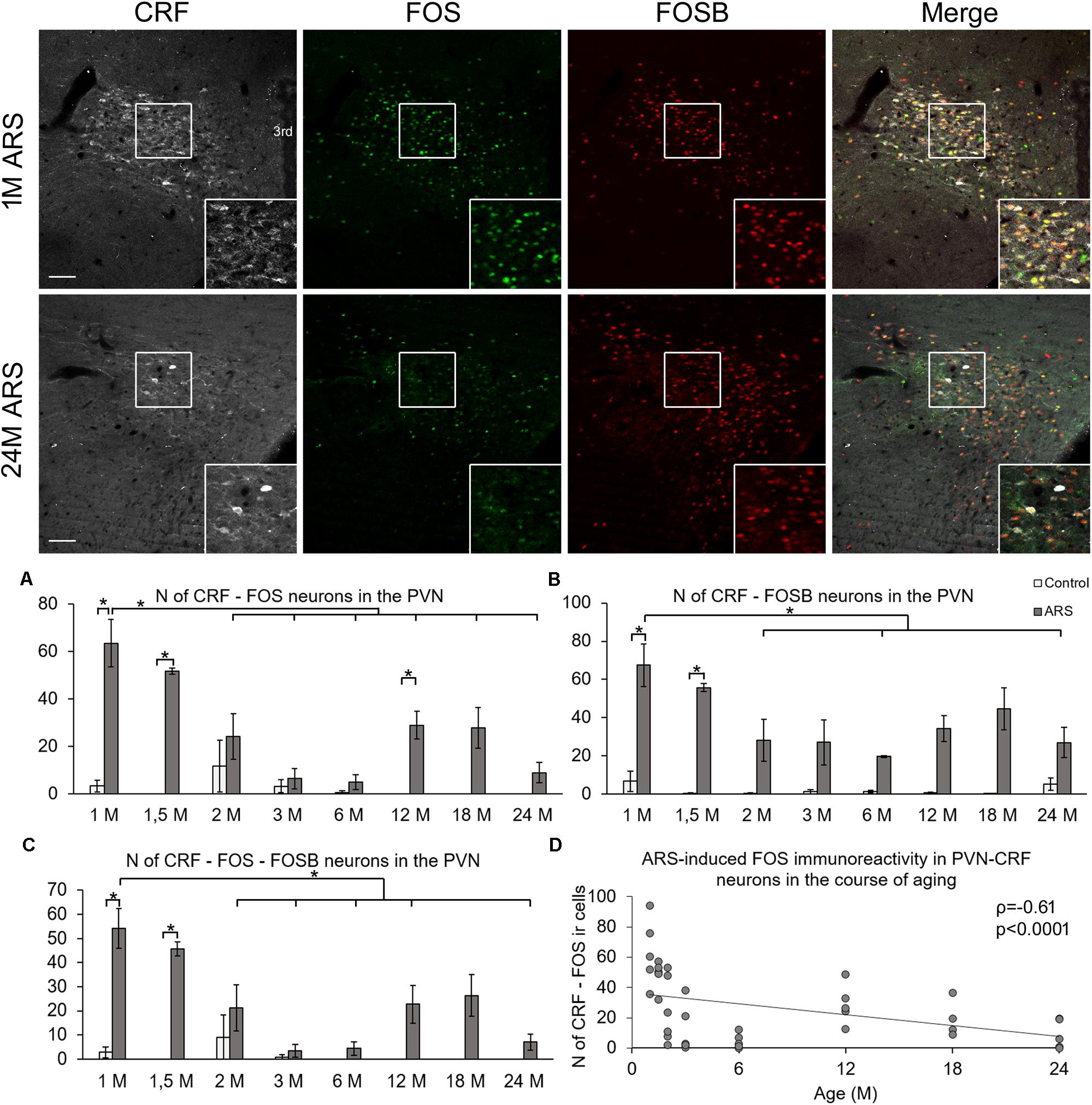Trace Pro 7.0.1
. Minimally intrusive. Free tool. No license cost, no hidden fees.
SystemView PRO: Unlimited recording. RTOS task, resource, and API tracing. Interrupt tracing for bare metal systems without an RTOS.
Trace Pro 7.0.1 Download
Continuous real-time recording and live analysis with J-Link and SEGGER RTT technology. Live analysis of captured data - view responses to stimuli in real time without stopping the target. embOS, emNet, and FreeRTOS API call tracing as standard.

Can be adapted to other RTOS using a fully documented API. Works on any CPU. Real-time Streaming Trace (trace data is streamed to PC in real time, unlimited trace buffer).

SuperSpeed USB 3.0 and GigaBit Ethernet Interfaces for Highest Bandwidth. Up to 150 MHz ETM Trace Clock (works with all currently supported devices). Supports Tracing on Cortex-M0+/M1/M23/M3/M33/M4/M7 Targets. Supports Tracing on Cortex-A5/A7/A8/A9/A12/A15/A17 Targets. Supports Tracing on Cortex-R4/R5/R8 Targets.
Full J-Link Functionality. Easy to use with Ozone and Embedded Studio. Cross-platform Support (Windows, Linux, Mac).
Free Software Updates. NXP Kinetis K66 MCU (MK66FN2M0VMD18) 180MHz, ARM Cortex-M4. 1.8' LCD module (resolution 160x128). On-board debug probe (K22FN128, mini A/B-type connector); SWD/SWO only, no VCOM port support. External debug interface (19-pin Cortex-M); incl. NXP LPC54605 MCU (LPC54605J512) 180MHz, ARM Cortex-M4. External debug interface (9-pin Cortex-M).
1x USB host: full-speed, providing USB supply to device, A type receptacle (for directly plugging in A type devices/modules). 1x USB host: high-speed, providing USB supply to device, A type receptacle (for directly plugging in A type devices/modules). LEDs: 6x (2 status, 4 user LEDs).
1x USB micro B USB 2.0 receptacle for power only. Configuration free: no shorting links or solder jumpers required. Dimensions 32mm x 32mm. J-Trace PRO is an advanced debug probe that supports Arm's advanced tracing features of Arm Cortex cores. It can capture complete instruction traces over long periods of time—thereby enabling the recording of infrequent, hard-to-reproduce bugs.
Tracepro
This is particularly helpful when the program flow 'runs off the rails' and stops in a fault state.In combination with our toolchain independent debug software and the extensive, including the most popular target devices, our J-Trace PRO user gets the best possible trace experience. J-Trace PRO offers an extensive featureset fulfilling any requirement a J-Trace PRO user might have. The most prominent features that make this trace probe the leading trace probe are as follows:. Streaming Trace. Unlimited Trace Buffer. Trace support for Cortex-A/R/M target devices. Live Code Coverage.
Live Code profiling. Power Trace of target device's current consumption.
Cross Platform Support (Win/Mac/Linux). Supported in most popular. Free stand alone debugger can be used with any tool chain to enable tracing. Unlimited Flash Breakpoints. Trace Reference Board included for quick and easy first steps. Fanless design.
One of J-Trace PRO's main features is the so called. With this feature J-Trace PRO can process instruction trace data sent from the target device in real-time fashion using trace pins. That way the user knows exactly what the target device is and was doing at any point in time. This does not only enable a deep insight in any application running on the target device but offers also additional powerful debug strategies that can be applied. Real Time Profilingprovides visibility as to which instructions have been executed and how often—so hotspots in an application can be addressed and optimization opportunities identified. These profiles can later be exported using e.g.
Ozone debugger for documentation and analysis purposes. Real Time Code Coveragehelps engineers have visibility over which parts of the application code have been executed.
8. Continue to run to your breakpoint. ( Debug - Continue)Ozone breaks after returning from OSInitHW.The Instruction Trace Window shows what has been executed up to this point. The most recent instructions are at the bottom. Instructions are grouped by source line and corresponding function.

Collapsing all blocks shows which functions have been called and to which functions the application returned.When all blocks are expanded, you can navigate through the instructions to follow the execution in the Source Viewer and Disassembly Window and see what has exactly happened from the start at main until the breakpoint was hit. 9. Continue the execution again. ( Debug - Continue)The application runs and the LEDs flash. Source lines in the Source Viewer can be expanded to show which instructions each source line generated.The code coverage information is colored in three different levels On Source LinesOn InstructionsAll instructions executedInstruction fully executed (if conditional, condition met and not met)Conditional instruction never executed (condition always not met)Not all instructions executedConditional instruction not fully executed (condition always met)Code never reachedInstruction never fetched. The Tutorial Project includes all sources to recompile the application in an Embedded Studio project.To alter the project, open J-TracePROCortexMTutorial.emProject with Embedded Studio.The solution consists of one project where the SEGGER Cortex-M Trace Reference Board runs at maximum CPU and Trace clock speed and toggles two of the three available LEDs.Modifications should be done to the Application project.
You can change OSTraceDemo.c or add your own application file.When all changes are done, recompile the project (Build - Build Solution), which creates the application for the reference board. If the Ozone project is still opened, it will prompt to reload the application file which has just changed. If Ozone is not started, start it and load SEGGERCortexMTraceReferenceBoard.jdebug.